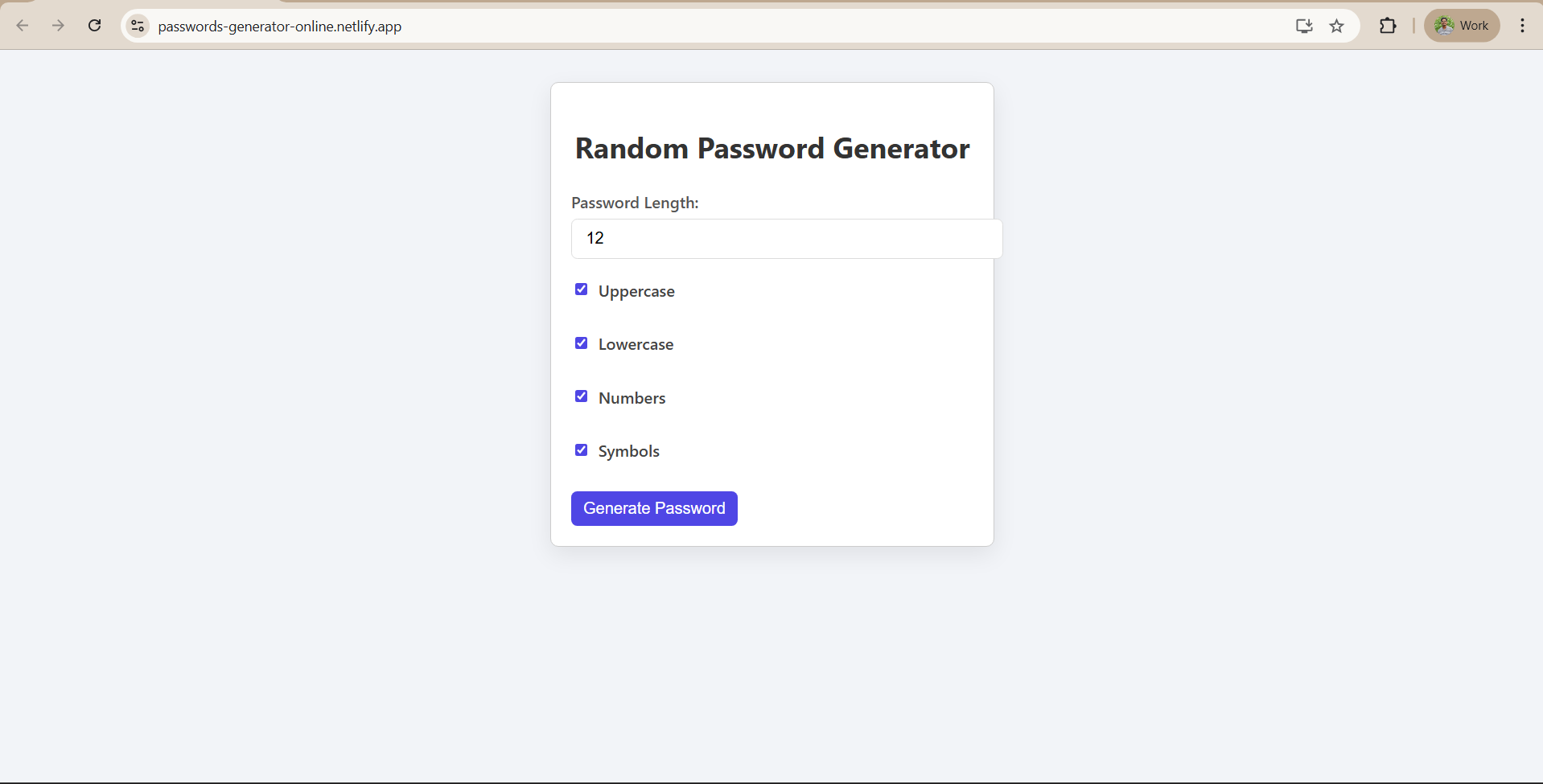Conclusion to Our React Currency Converter App
Conclusion to Our React Currency Converter App
This final module wraps up your Currency Converter App project. You’ll reflect on what you learned, test your knowledge with a short quiz, view the live app, and explore resources to continue your React journey.
Learning Outcomes
By building this Currency Converter step by step, you’ve developed hands-on experience with modern React development. Let’s recap what you’ve achieved:
- Set up a React project with Vite
- You used Vite for fast development, instant hot-reloading, and a smooth developer experience.
- Built a Currency Converter UI
- Designed a clean interface with an input field, dropdowns for currency selection, and a result display.
- Used Tailwind CSS to make it responsive and modern.
- Managed State with React Hooks
- Used useState to track the amount, base currency, and target currency.
- Used useEffect to fetch and update exchange rates whenever inputs changed.
- Fetched Live Exchange Rates
- Integrated with a free currency API (like exchangerate.host) using fetch.
- Handled asynchronous data and displayed conversion results dynamically.
- Added Core Functionality
- Conversion updates instantly when users change amount or currency.
- Default values ensure the app works right away without extra input.
- Styled the App with Tailwind CSS
- Responsive layout works on both mobile and desktop.
- Used utility classes for spacing, typography, and modern styling.
- Organized Files & Components
- Clear src/ folder with components like CurrencyConverter.jsx.
- Kept logic and presentation structured for readability.
- Deployed with Netlify
- You learned how to build (npm run build), connect GitHub, and deploy live on Netlify.
- Your app is now accessible worldwide with a shareable link.
Live Demo
Live Link:
Try entering amounts, switching currencies, and seeing instant conversions.
MCQs (Answers at the end)
- Which React hook is used to store the user’s input and selected currencies?
a) useRef
b) useState
c) useMemo
d) useReducer - What is the purpose of useEffect in the app?
a) To change styling dynamically
b) To fetch exchange rates whenever dependencies change
c) To store form input values
d) To add animations - How do we fetch exchange rates from the API?
a) With axios.get
b) By importing a JSON file
c) Using the fetch() function
d) By hardcoding values - What happens if the API call fails?
a) The app stops working completely
b) You can add error handling (like a fallback message)
c) Conversion happens with old values
d) Nothing changes - Why did we use Vite instead of Create React App?
a) It looks cooler
b) Vite has faster builds and hot reload
c) CRA doesn’t support Tailwind
d) Vite automatically deploys to Netlify
Answer Key
1 → b (useState stores input and selected currencies)
2 → b (useEffect triggers API fetch when values change)
3 → c (fetch() is used to get rates from the API)
4 → b (error handling ensures the UI doesn’t break)
5 → b (Vite is faster and more modern than CRA)
Resources
Ready to take your React skills even further? Here are some curated resources to help you continue building amazing apps:
1) GUVI’s ReactJS Self-Paced Course
Want to master React from the ground up and build more portfolio projects? Check out GUVI’s ReactJS Course where you will:
- Learn components, routing, forms, hooks, and more
- Build real-world apps with guided mentorship
2) Full Stack Development Path
Want to build full apps — including frontend, backend, and database? Then check out GUVI’s IIM-M Pravartak Certified Full Stack Development Course that covers:
- React (Frontend)
- Node.js & Express (Backend)
- MongoDB (Database)
- Version Control, Deployment & More
Perfect for beginners ready to launch a full-fledged web development career.
Final Words
You’ve successfully built, styled, and deployed a fully functional Currency Converter application using React, Vite, Tailwind, and API integration. Along the way, you learned how to work with third-party APIs, handle asynchronous data fetching, manage application state with React hooks, and create a user-friendly interface with responsive design.
This project showcases your ability to combine UI development with real-time data handling—an essential skill for modern web developers. It’s a solid portfolio project that demonstrates practical problem-solving and real-world applicability.
Thank you for following along, and best of luck on your journey toward becoming a skilled React developer!
















